On April 12, 1961, Yuri Gagarin became the first person in space. Since then, this date is celebrated all over the world as Cosmonautics Day.
But the history of space exploration is not only about the first Satellite and Gagarin. There were many other events, which may not seem so impressive to a common man, but at the same time were of great importance for all mankind. In our selection, we have collected the ten most important events that accompanied the exploration of space.
The first satellite ever
The beginning of the space age was initiated on October 4, 1957, when radio amateurs around the world were able to hear the famous “Beep-Beep!” signals. Their source was the first satellite in history, created by the great Ukrainian designer Serhii Korolev.
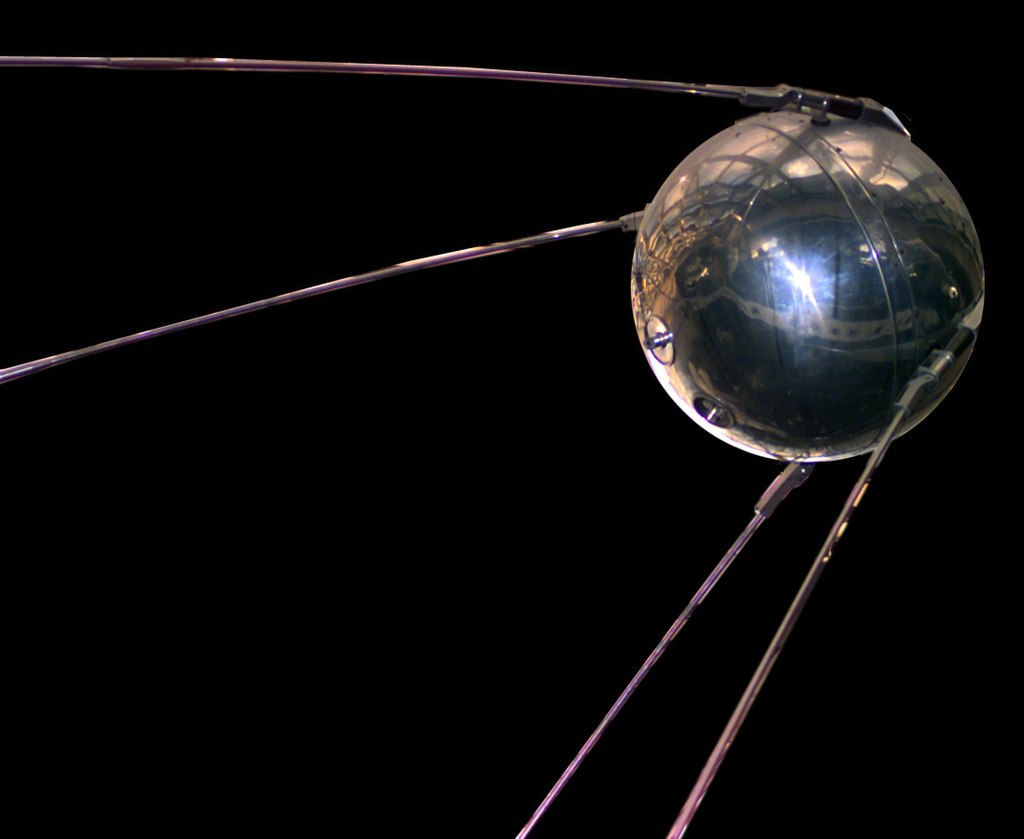
The launch of the satellite forever changed the course of world history. A man-made object entered a permanent orbit around the Earth. One can indefinitely argue about what was more important in this event — science, politics, or the military aspect. But the fact remains the fact. Humanity took its first step up to the stars.
The first weather satellite
We are used to make fun of weather forecasters for low reliability of their predictions. But it should not be forgotten that the times when a powerful hurricane capable of destroying a city could unexpectedly hit the inhabitants of coastal countries are long gone. As well as the times of abnormal frosts for which no one was prepared.
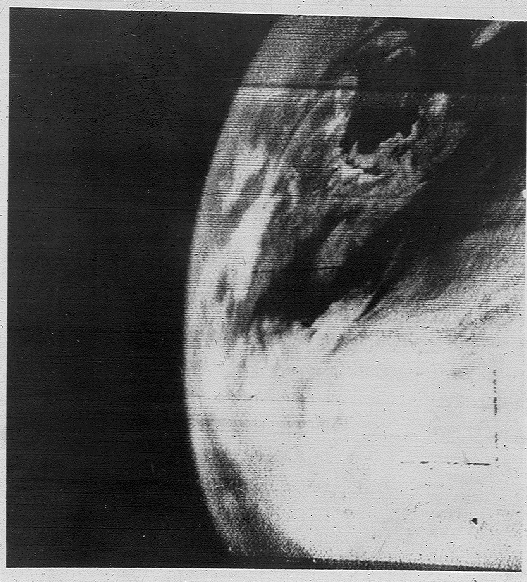
We should thank the American TIROS–1 apparatus, launched in April 1960, for the presence of warnings about such events. It became the first weather satellite in history. TIROS–1 clearly demonstrated the capabilities of spacecraft for studying the climate, effectively opening the era of long-term weather forecasts. This made it possible to prepare in advance for the arrival of natural disasters, thus saving countless lives. It is quite possible that of all the achievements of the space age, this is the most important for humanity.
The first man in space
In our time, when space flights have become available to all people who are willing to pay money, Yuri Gagarin’s achievement may not seem so significant. After all, his flight lasted only 108 minutes and took place in fully automatic mode. The cosmonaut himself did not control the spacecraft in any way, actually performing the role of a guinea pig.
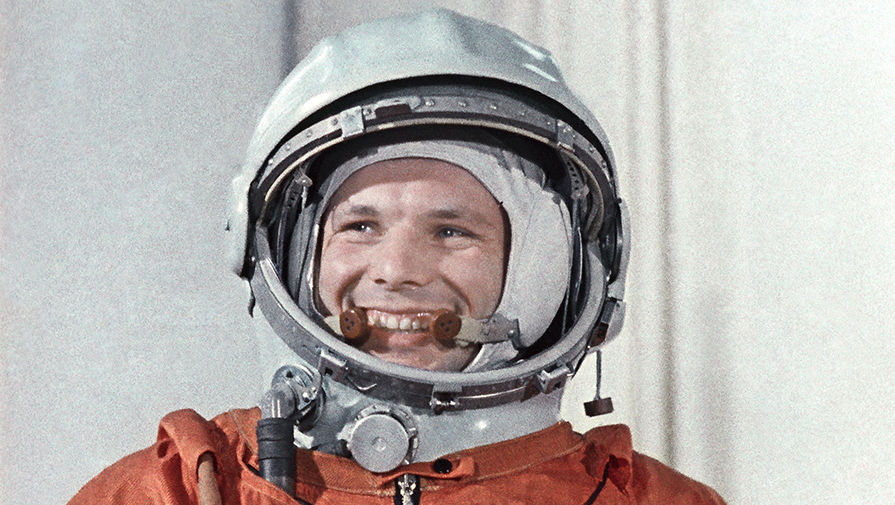
But one should not forget that it was a flight into the unknown in the literal sense of the word. No one knew exactly how the human body would react to weightlessness and other factors of space flight. Some psychologists were sure that seeing the Earth through a porthole could make a person go crazy. Gagarin broke these myths. He clearly demonstrated that a person can successfully perform tasks in outer space, taking another step on the path of humanity to other planets and stars.
The first communication satellite
We live in an age of instant news, where anyone can follow events on the other side of the globe in real time. But sixty years ago, everything was different and live television broadcasts from another continent existed exclusively in science fiction.
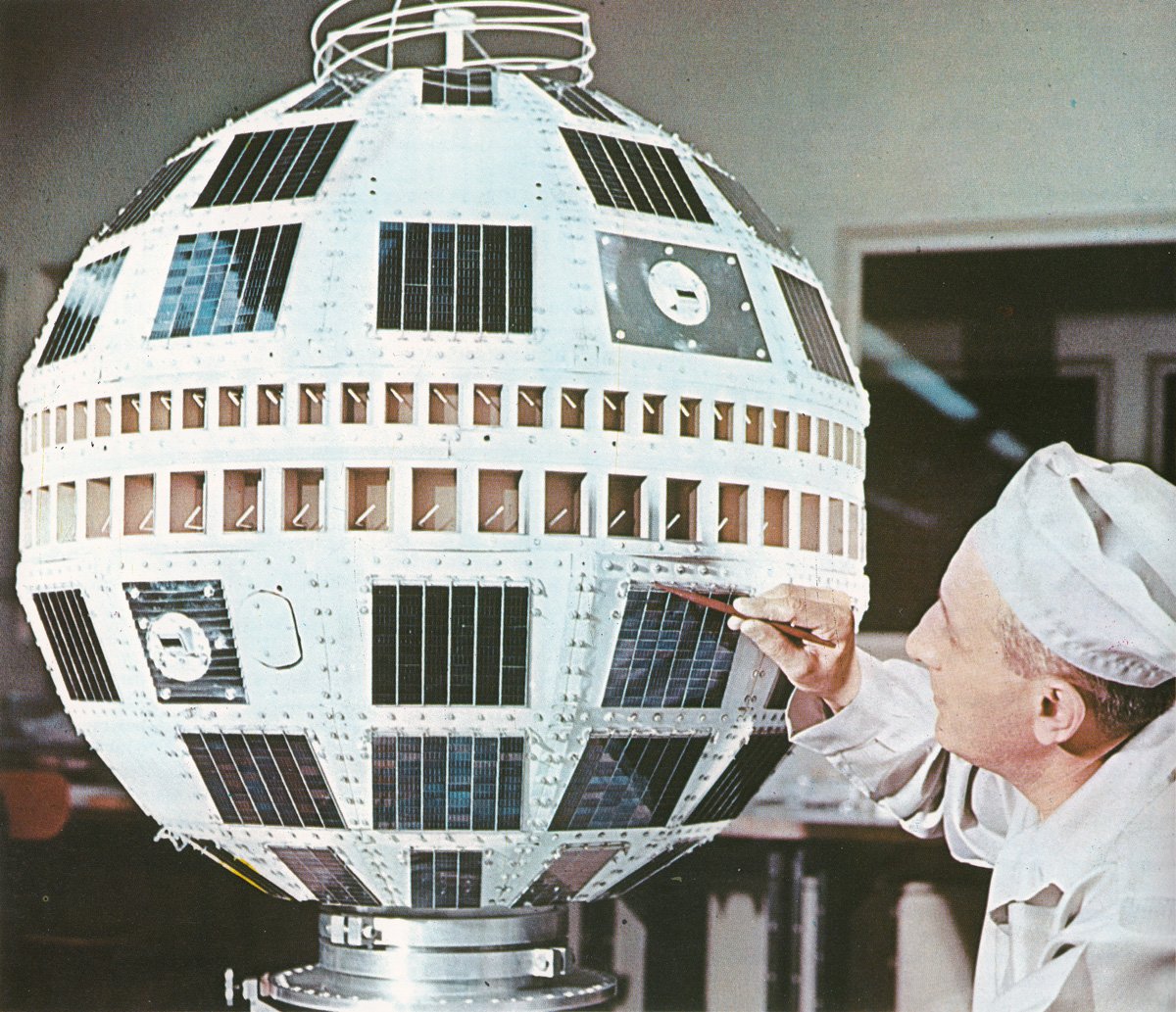
Everything changed in July 1962 with the launch of Telstar 1, the first ever communications satellite. Despite the fact that the device worked for only a few months, it was enough to change our world forever. Telstar 1 connected Europe and America, effectively creating international television and laying the first stone in the foundation of today’s digital society.
The first navigation system
When we hail an Uber, we don’t usually think much about space. But its work, as well as the functioning of many other services, would be absolutely impossible without global navigation systems.
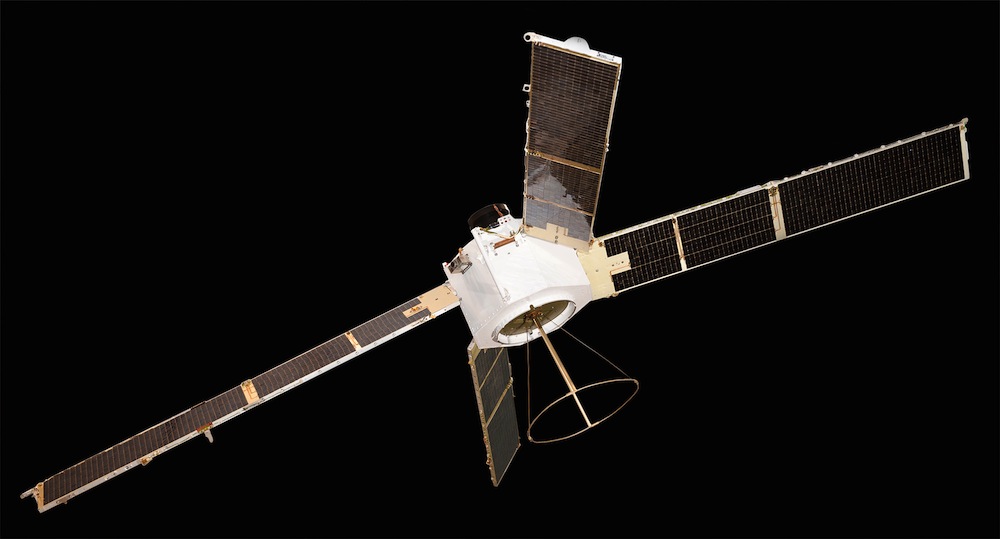
The first ever satellite navigation system was named Transit. It’s creation began in 1959. It started working in 1964. It is clear that the Transit was not intended for civilian use, its customers were the American military. However, as early as the end of the 1960s, access to the system was open to private users. The success of Transit paved the way for a much more sophisticated and accurate GPS system. Initially, the only consumer of its services was the Pentagon. But, as in the case of Transit, over time the system became available to civilian users as well, continuing to work successfully in our time.
The first people on the Moon
On July 20, 1969, Neil Armstrong uttered the immortal words “That’s one small step for man, one giant leap for mankind” before leaving his footprint on the lunar surface. Even now, the flight of Apollo 11 still stirs our imagination with its grandeur. After all, for the first time man broke out of his cradle and set foot on other heavenly body.
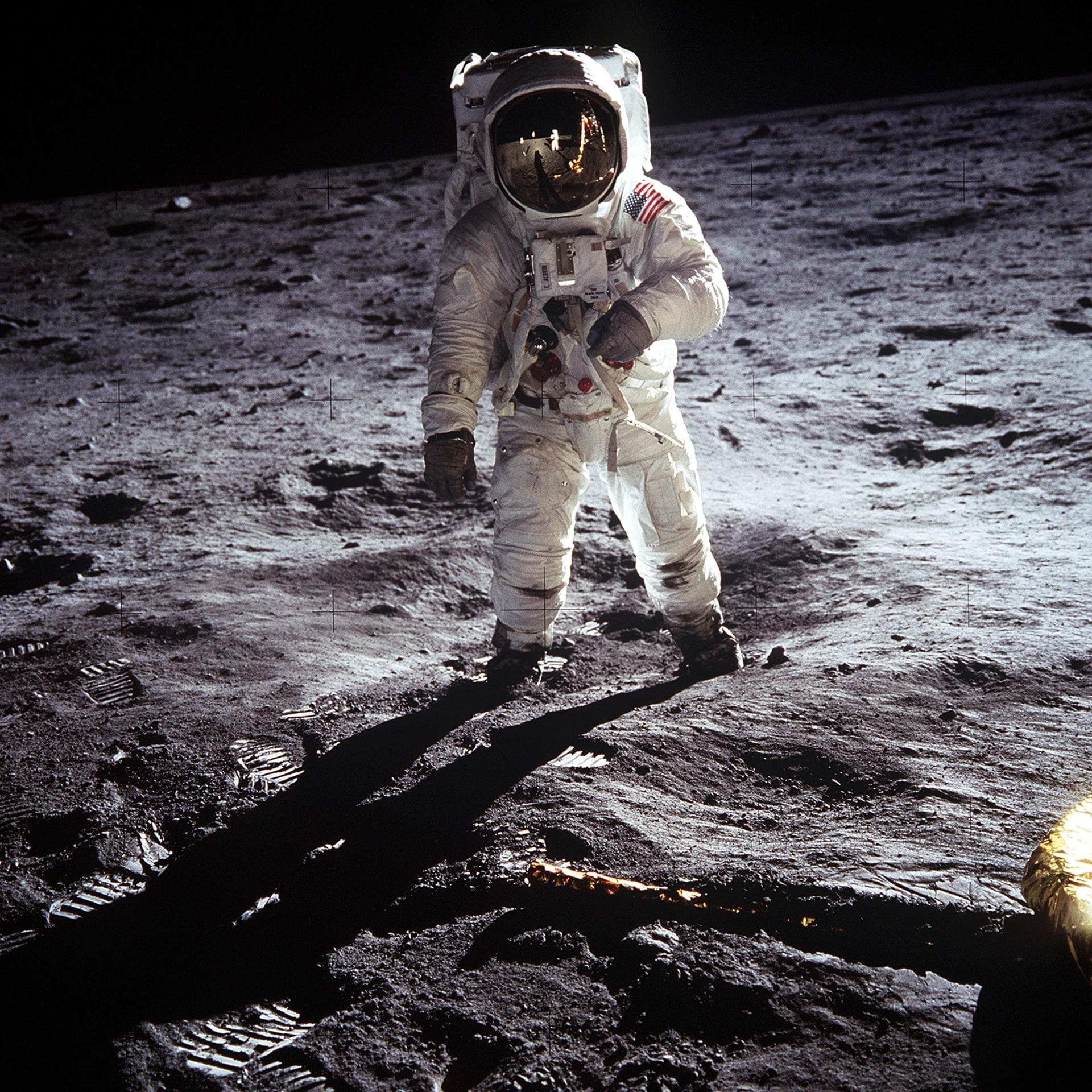
And though after the completion of the Apollo program, people have not visited the Moon again, this situation will change in the near future. And so, the Apollo 11 flight will long be one of the most important sources of inspiration for all of us wishing to leave their mark on other worlds.
The first orbital station
The first space flights lasted days, a maximum of one or two weeks. Obviously, this was not enough to study exactly how long-term weightlessness affects the human body. The solution to the problem was the creation of orbital stations, which provide an opportunity for a long stay in space.
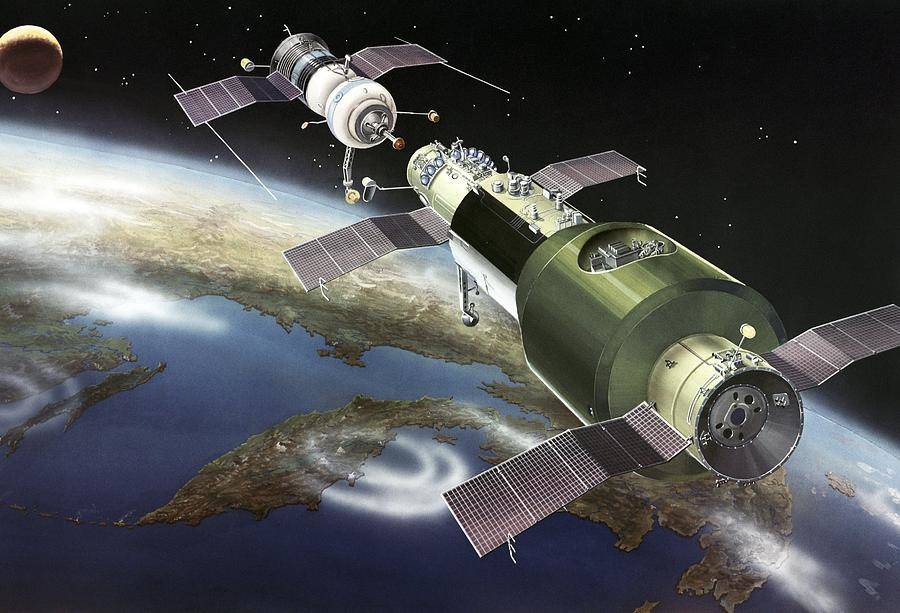
The first such station was launched in April 1971. Named Salyut-1, it became the predecessor of all subsequent orbital houses of mankind, including the ISS and the Chinese Tiangong.
The first space telescope
Many generations of astronomers have dreamed of raising a telescope beyond the Earth’s atmosphere, which not only interferes with observations with its turbulence, but also traps a significant part of electromagnetic radiation. The first step towards the realization of this dream was made in 1968, when OAO-2 was launched into orbit, becoming the first ultraviolet space telescope in history.
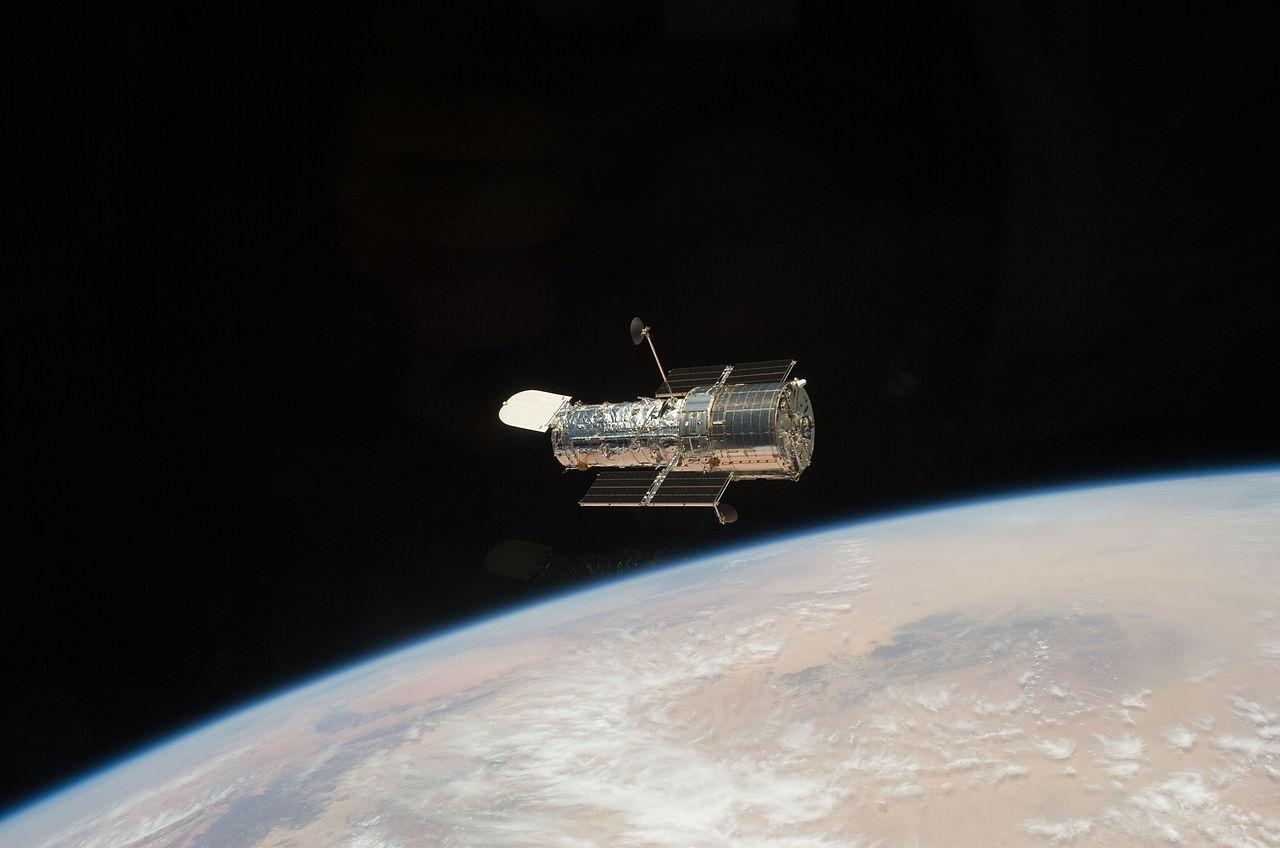
Hubble, launched in 1990, became the first optical space telescope. It opened a new page in the history of astronomy. According to one apt statement, Hubble made it possible to peek into the corners of the universe, the existence of which no one even suspected before. Not surprisingly, the name of the telescope has long since become common, and almost any new space observatory is bound to be compared to Hubble.
The first reusable spacecraft
The weight of a fully fueled Saturn V rocket with the Apollo spacecraft was about 3,000 tons. At the same time, only a tiny capsule weighing mere 2 tons returned to Earth from the trip to the Moon. Such a terrible inefficiency was one of the reasons that led to the creation of Space Shuttle reusable spacecraft. Its first flight took place in 1981.
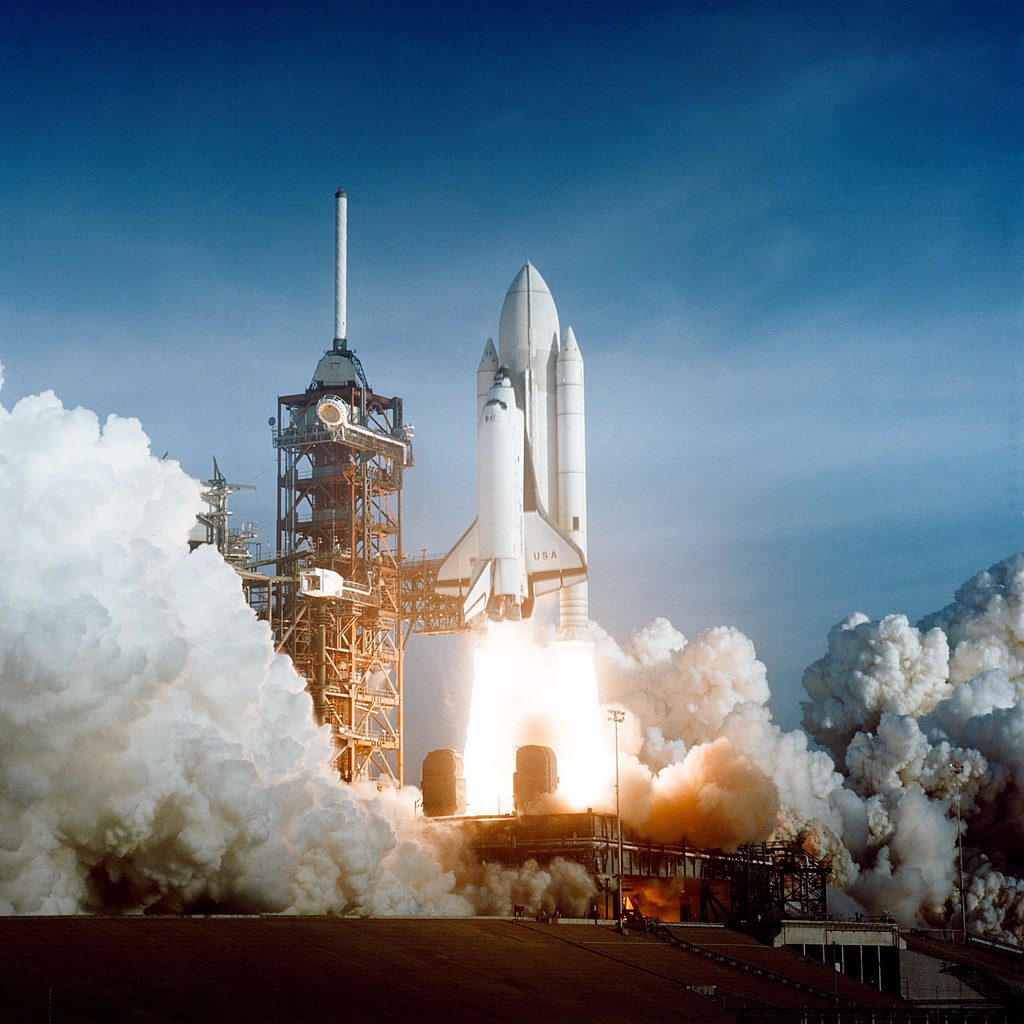
Like almost any completely new system, the Space Shuttle turned out to be far from ideal. It was more dangerous, more expensive and more difficult to operate than the designers had hoped. However, the Space Shuttle played an important role in the history of astronautics, proving the reality of creating reusable spacecraft.
The first reusable rocket stage
For most of the space age, the launch vehicle was a disposable product. For many decades, it was perceived as an indestructible part of the universe, like the rising of the Sun. The situation changed radically after the appearance of the SpaceX company, which set a very ambitious goal of building reusable rockets.
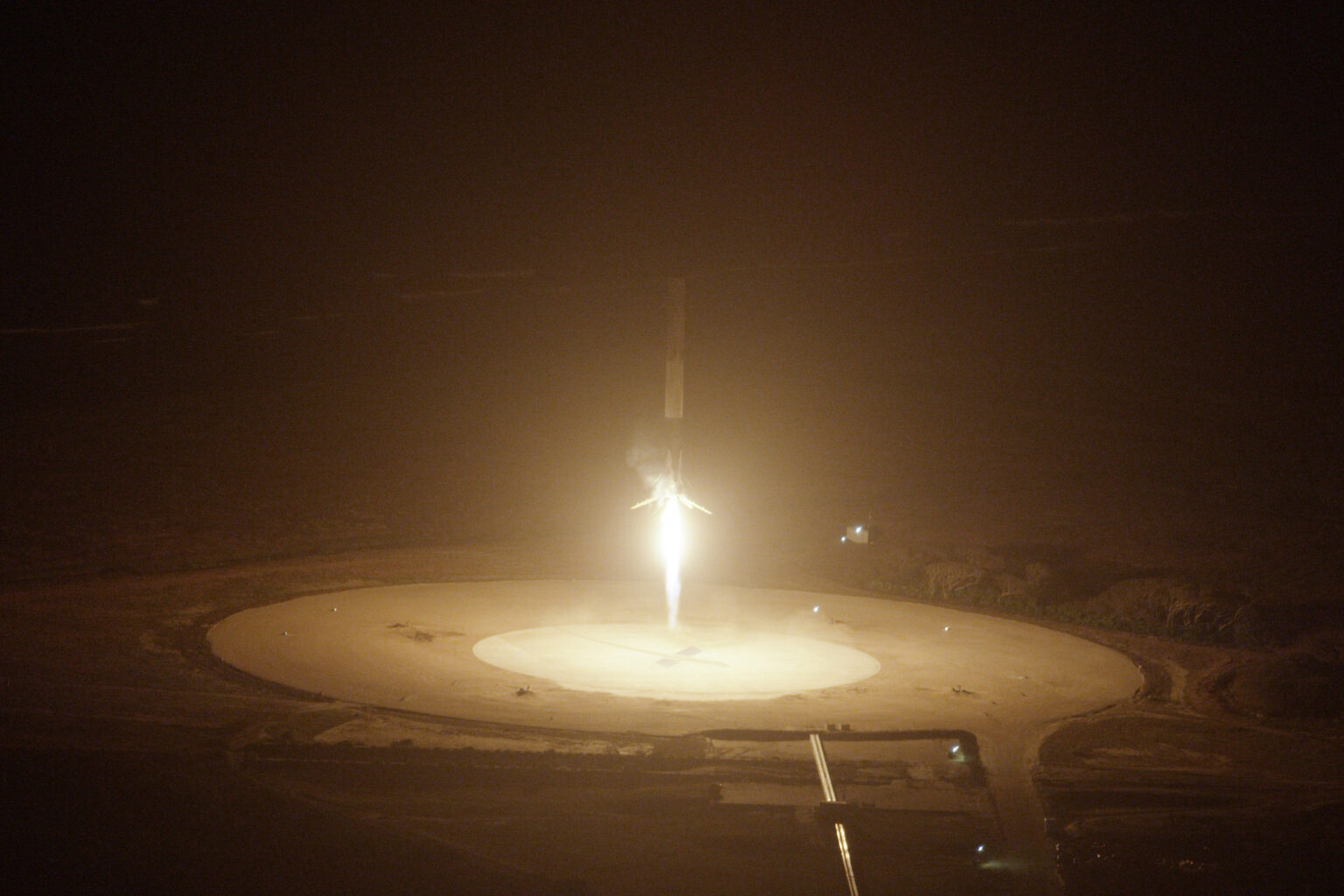
Despite skepticism from many experts, SpaceX managed to cope with this task in 2015, successfully returning the first stage of the Falcon 9 rocket from space. Eight years later, it is the most popular launch vehicle on Earth. The combination of affordable price and high reliability of Falcon 9 allowed SpaceX to take a leading position in the world launch market. This prompted other space operators to begin building their own rockets with reusable first stages.
SpaceX is not going to stop there. Their next step is to test the first ever fully reusable Starship space system. If successful, this achievement will also be included in the list of the most important events in the history of cosmonautics.

